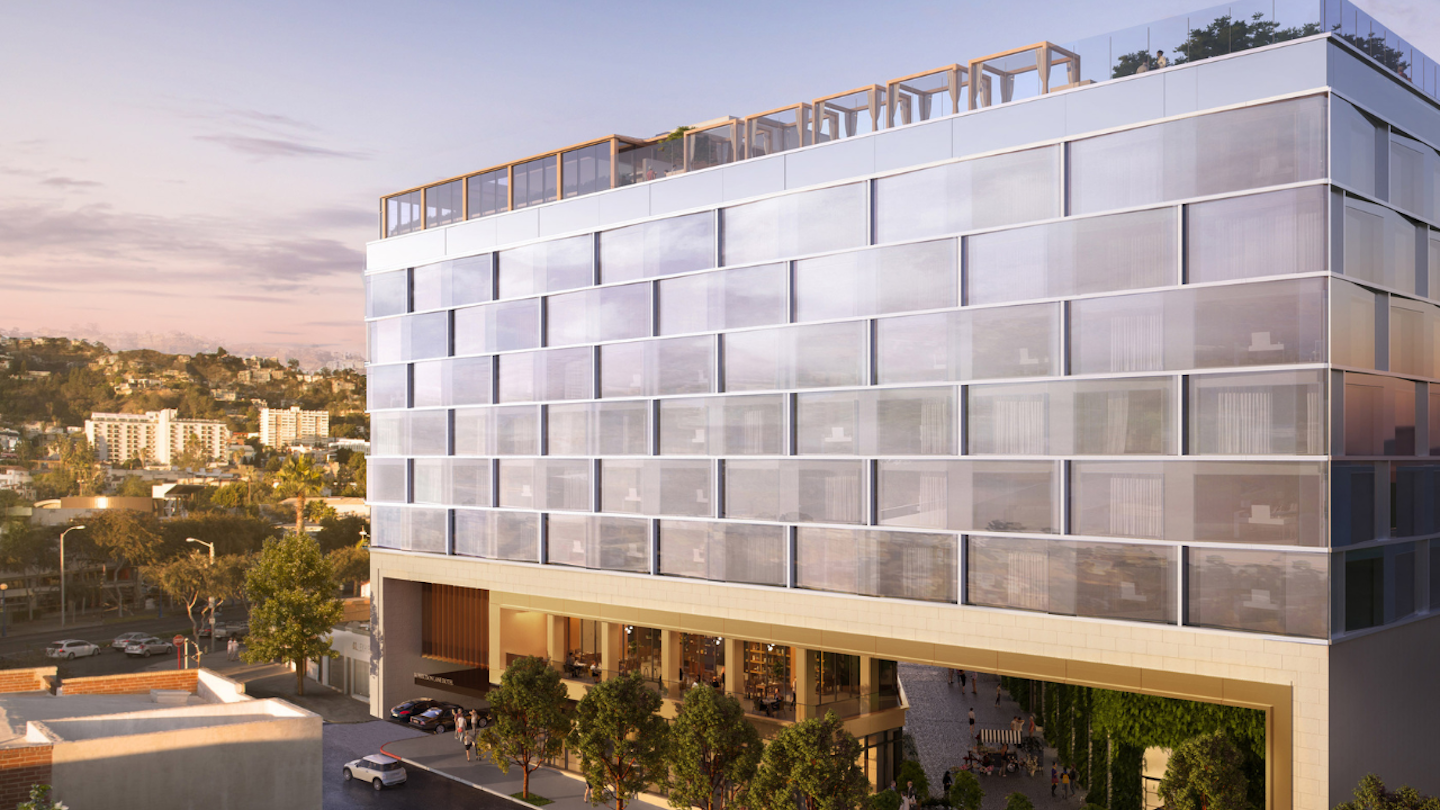
The American housing market is undergoing a profound transformation. For decades, urban luxury rentals reigned supreme, attracting high-income professionals with sleek high rise apartments, high-end amenities, and prime city locations. However, a growing segment of renters is looking beyond the cityscape and opting for boutique suburban developments—high-end rental communities that offer space, convenience, and luxury without the burdens of homeownership.
Affordability is a major factor. Rising mortgage rates and skyrocketing home prices have made homeownership increasingly difficult, even for high earners. Many professionals and families who might have purchased a home a decade ago are now choosing the flexibility of renting instead. Boutique suburban rentals provide a solution: they offer the lifestyle of single-family homeownership—spacious layouts, top-tier school districts, and community-oriented living—without long-term financial commitments or maintenance responsibilities.
Developers are taking note, identifying suburban areas with high demand and limited supply. Proximity to major cities, access to strong school systems, and an overall better quality of life are making these developments particularly attractive. As a result, suburban rental communities are beginning to resemble the luxury mid-rises of urban centers, featuring resort-style pools, concierge services, fitness centers, and high-end finishes—all tailored to a demographic that values both comfort and convenience.
While demand is rising, the supply side of the equation remains more complex. Multifamily construction is facing an uphill battle, with capital markets tightening and financing becoming harder to secure. Despite these challenges, developers are finding ways to make new projects feasible by shifting their focus from expensive urban towers to more cost-effective suburban builds.
The new reality is this: Lower-cost, garden-style developments are gaining traction. Unlike dense, high-rise buildings, these projects are designed with cost efficiency in mind—larger footprints, less reliance on expensive materials, and construction methods that optimize both time and budget.
But even with this shift, developers still face the challenge of making the numbers work. Rising labor costs and supply chain disruptions have made construction more expensive than ever. To counteract these pressures, the industry is getting creative. Innovations in modular construction, off-site prefabrication, and standardized floor plans are helping reduce costs and accelerate project timelines. These approaches allow developers to maintain high-end finishes and amenities while keeping rental prices at a level that makes sense for both tenants and investors.
Another major shift in the industry is the increasing dominance of large-scale builders. Historically, multifamily development has been led by smaller, regional firms. However, as cost pressures mount, large developers are stepping in to leverage their scale and efficiency in ways that smaller players cannot match.
Large builders have several key advantages:
As a result, the suburban rental boom is becoming less about one-off boutique projects and more about institutional investment. Big developers see suburban luxury rentals as a lucrative opportunity, and they’re positioning themselves to capitalize on shifting renter preferences.
Despite economic uncertainty, boutique suburban developments are proving to be a resilient and attractive asset class. The demand is clear: high-income renters want the benefits of suburban living without the financial risks and maintenance burdens of homeownership. Developers who can balance cost-efficiency with high-end amenities will find themselves well-positioned for success.
More institutional investment in suburban luxury rentals – As high-income renters continue seeking alternatives to homeownership, capital will flow toward suburban projects that meet this demand.
A focus on cost-cutting construction methods – Developers will continue innovating to bring down costs, making new construction more viable despite economic headwinds.
A mix of new builds and value-add strategies – While new development remains a priority, renovating and repositioning existing suburban rental properties will also play a key role in meeting demand.
The housing market is evolving, and boutique suburban developments are leading the way. The key to success in this growing sector isn’t just recognizing the demand—it’s executing projects with the right blend of quality, efficiency, and financial viability. The suburbs are no longer just for homeowners—luxury renters are moving in, and they’re here to stay.

Discover why boutique multifamily buildings outperform their larger competitors by focusing on curated experiences, intentional design, and emotionally resonant branding.

Discover how data-driven branding strategies can accelerate leasing, boost NOI, and turn your multifamily property's identity into a measurable performance asset.

Your brand’s reputation is built—or broken—at the leasing desk. Are you ready to unify leasing and marketing to protect it?

Remember when we all DIY dip-dyed our hair in Kool-aide and learned just because you can do it yourself doesn't mean you should? This week we're digging into the hidden costs of DIY'd branding.
A simple read in under 5 minutes, delivered to your inbox Saturday mornings.
A simple read in under 5 minutes, delivered to your inbox Saturday mornings.